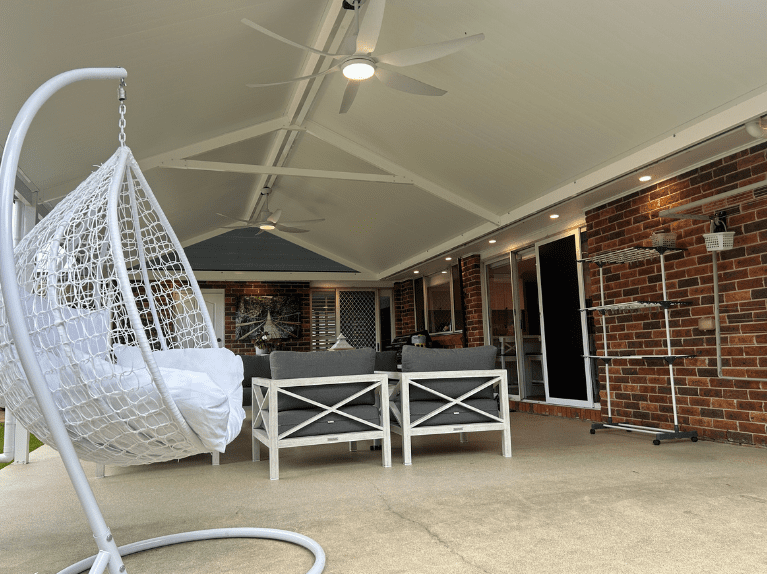More on Bankstown
Bankstown, located in south-west Sydney, has a rich history shaped by its Indigenous heritage, early European settlement, and modern urban development. The area was originally home to the Dharug people, who lived along the Georges River and Salt Pan Creek, relying on the land’s natural resources for food, shelter, and cultural practices.
European settlement began in 1795 when Governor John Hunter designated the area for farming and named it after Sir Joseph Banks, the botanist who traveled with Captain Cook. Throughout the 19th century, Bankstown remained a rural farming district, with crops, orchards, and livestock playing a key role in its early economy.
By the early 20th century, improved transport connections, including the railway line in 1909, transformed Bankstown into a growing suburban centre. Industry and commerce flourished, particularly during World War II, when Bankstown Airport became a key military airbase. After the war, rapid population growth and migration fuelled urban expansion, with housing, businesses, and infrastructure developing to meet demand.
Electricity became an essential part of Bankstown’s progress, supporting industries, transport systems, and public services. The introduction of streetlights, electrical-powered factories, and household appliances helped modernise the area, making it a more connected and efficient place to live and work. Today, electrical services remain vital for powering Bankstown’s residential, commercial, and industrial sectors, ensuring businesses, schools, and homes operate smoothly.
Now a bustling multicultural hub, Bankstown is known for its diverse community, thriving food scene, and major shopping and commercial districts. With ongoing developments in transport, housing, and business infrastructure, reliable electrical services are more important than ever in supporting Bankstown’s continued growth and transformation.













